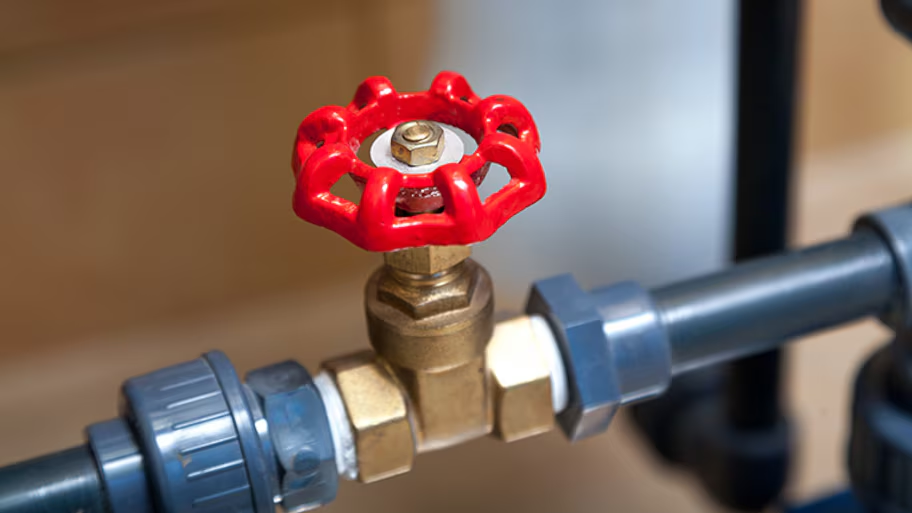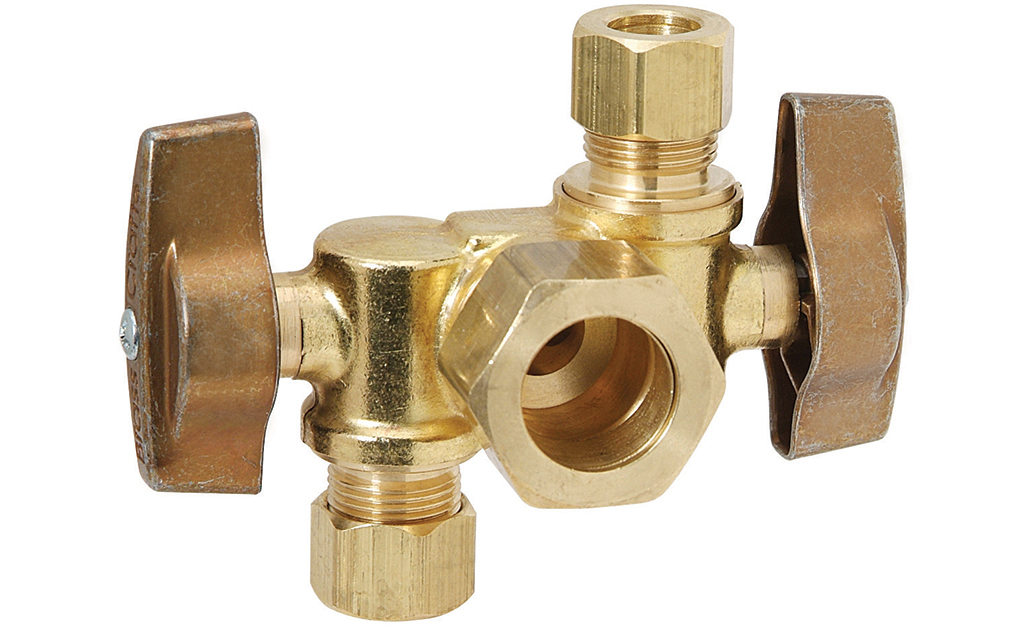Significance of Valve Location Knowledge: What You Should Learn It
Significance of Valve Location Knowledge: What You Should Learn It
Blog Article
Just how do you really feel with regards to 3 Efficient Tips to Guard Your Home from Showers and Storms?

The plumbing system of your house is a detailed network of pipes and also shut-off valves. In the event of an emergency, you can reduce the water using the valves.
Why Must I Bother with This?
Your shower room sink is malfunctioning, so you can conveniently locate the shut-off valve beneath the sink. For major leaks, you should shut the mainline shut-off shutoff.
Recognizing just how to do this is crucial in an emergency. The longer you wait to close the shut-off valve, the a lot more considerable the damages will be. You might not have sufficient time to figure out how to close the shutoffs when you're panicking amidst an emergency. Discovering it currently is the most effective thing so you can remain calm under pressure.
What Does the Shut-Off Valve Look Like?
This is usually a knob that allows you to turn off the water for a particular device, a localized area (for example the entire 2nd floor), or for the entire residential property. It is important to understand where these valves are, so when something crops up in any kind of location of your home, you can shut it today. This will certainly help you stay clear of substantial water damage that will set you back thousands to fix.
Where are These Found?
Your finest wager is to call a water reconstruction solutions company for assistance. If you have a relatively moderate-sized home, attempt looking for a knob or bar.
Generally, home builders mount the shutoffs near or within the major, ground-floor bathrooms. The valves are expected to be visible, some select to camouflage them for aesthetic factors.
When to Call a Specialist?
Should the aforementioned be the case for your localized valves, you have no other choice but to turn off the major water line, reducing the resource of water in your entire house. After that call the plumber to check the issue and also turned off the shutoff because location just so you can utilize the remainder of the plumbing in various other areas of your house.
Keep in mind, these shutoffs are lifesavers as well as necessary for any type of plumbing repair service. If you detect any leaks to avoid additional damages, you can turn them off. Your residence can obtain swamped not only via natural disasters yet due to a ruptured pipeline. In case of a plumbing emergency, shut down these valves to stop difficulties that call a reputable water damages remediation company.
The plumbing system of your residence is a complex network of pipes and also shut-off valves. In the occasion of an emergency, you can cut the water using the valves. The longer you wait to shut the shut-off valve, the a lot more comprehensive the damages will be. It is crucial to understand where these shutoffs are, so when something plants up in any location of your home, you can close it right away. In the occasion of a plumbing emergency, shut down these shutoffs to prevent issues that call a reliable water damages remediation provider.
How to Shut Off Water Valves
The Shutoff Valve to the Water Supply for an Individual Plumbing Fixture
To stop the flow of water to a specific appliance such as a sink, check the pipes for the nearest valve; it will likely be made of chrome and located directly below the fixture. Many showers and sinks have two valves for hot and cold water respectively, so make sure to turn them both off. Appliances like dishwashers, How to Shut Off Water Valveswashing machines, and refrigerators sometimes have switches, rather than valves, on the hoses connecting them to the wall. Water heater valves are usually located on the pipes above.
When it comes to which way you should turn the valve, keep in mind the old saying “righty tighty, lefty loosey.” In other words, turning a valve clockwise, or to the right, will restrict the flow of water while turning it counterclockwise, or to the left, will allow water to flow. If you have trouble turning the valve, wear a work glove to get a better grip, or use a wrench. Once you turn all of the valves clockwise as far as they will go, the water supply should be successfully shut off.
Before you start making repairs, have a bucket nearby so that you can drain any water that was left over in the pipes. After you finish the job, turn the valves counterclockwise as far as they will go to restore the water flow.
The Shutoff Valve for the Main Water Supply to Your Home
The first step is locating your main shutoff valve. You probably have a brass valve with a round handle near the area where water enters your home. It could be located in your kitchen, a utility closet, a downstairs bathroom, or even on an outside wall. Turning the valve clockwise as far as it can go should shut off all of the water fixtures in your home; however, you’ll need to turn on all faucets to empty any water left remaining in the pipes. Let your sinks and showers run until all water flow ceases, and then turn all faucets to the off position. After finishing your repairs or installations, turn the main valve back counterclockwise.
The Shutoff Valve for the Water Supply to Your Entire Property
Before you do anything, call your water company and ask for permission to access your street shutoff valve. If your home’s main water valve fails or needs replacing, you must turn off the water supply to your whole property before attempting repairs. You’d also need to do this before trying to fix a leak in the pipes connecting your home to the street valve. The shutoff valve for the property is usually located in the same metal box that contains the water meter. Remove the box cover and look for a handle; you might need a long wrench to reach it.
Different cities have different types of street valves. Ball valves have long, thin handles while gate valves have more rounded handles. A ball valve handle will usually be aligned with the pipe while open; turn it 90 degrees to the right to turn it off. Gate valve handles should be turned clockwise as far as possible to stop the water flow.

Do you enjoy reading about 3 Waterproofing Tips For Your Home during the Shower/Storm Season? Make a remark down below. We will be interested to see your thoughts about this write-up. Hoping that you come back again before long. If you please take a moment to share this article if you enjoyed it. We truly appreciate reading our article about 3 Tips To Prevent Water And Storm Damage.
Prices & Booking Report this page